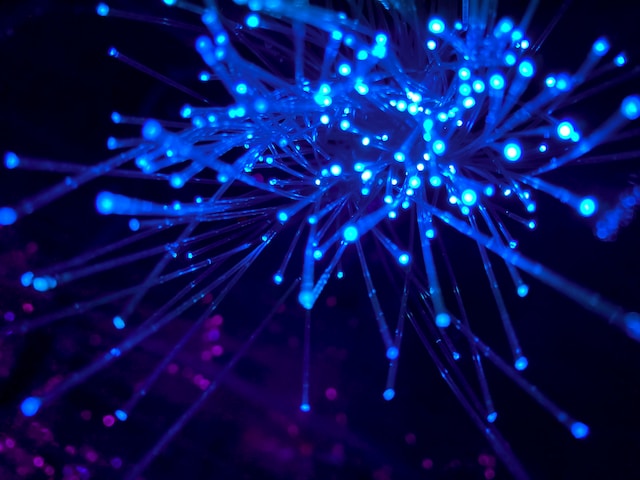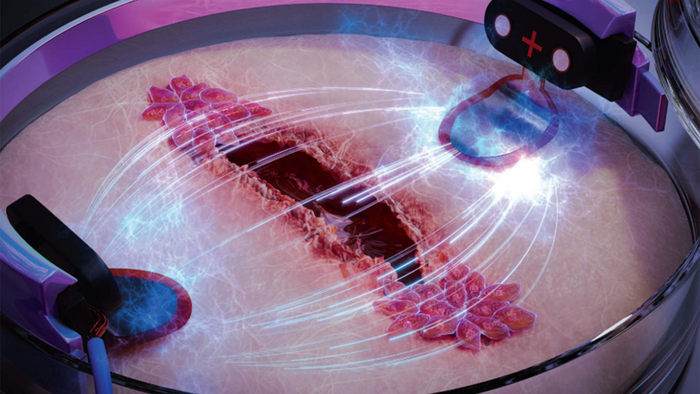A research team of the Ferdinand-Braun-Institut and the Humboldt-Universität zu Berlin has successfully created photons that have steady frequencies radiated from sources of quantum light.
Professor Tim Schröder and his coworkers at the Humboldt-Universität zu Berlin believed that diamond material played a crucial role in future advanced technologies like quantum internet. According to this professor, special imperfect centers can be utilized as quantum bits and transmit lone light particles called single photons.
He also said that to allow data with attainable rates in a quantum network to transmit through great distances; every single photon had to be collected inside optical fibers.
All of them must be transmitted without loss. Moreover, Prof. Schröder also stated that the photons had to share the same color or had a similar frequency, but meeting these conditions had been unattainable until then.
According to the research that Prof. Schröder and his colleagues conducted, the researchers could produce and distinguish photons with steady frequencies radiated from sources of quantum light, or more accurately, from nitrogen-vacancy imperfect centers of diamonds’ nanostructures.
This breakthrough was made possible by carefully selecting diamond material, advanced nanofabrication methods, and particular exploratory control protocols. These combined methods dramatically decreased the electrons’ noise, which previously prevented data transmission, and thus, the photons’ emission was at a steady communication frequency.
The researchers’ findings demonstrate that present communication speeds between geographically dispersed quantum systems can achieve an over 1,000-fold improvement in the future, bringing us one crucial step towards an outlook with quantum internet.
They explained that they had integrated single quantum bits into optimized diamond’s nanostructures which were 1,000 times as finer as a strand of human hair. This enabled these structures to transmit discharged photons into glass fibers directedly,
Nevertheless, when the researchers fabricated the nanostructures, atomic damage was created on the material’s surface, and released electrons generated unmanageable noise for the created light particles.
As explained by the research team, noise, equivalent to unsteady radio frequencies, led to variations in photon frequencies and hindered the success of quantum operations like entanglement.
However, a unique attribute of diamonds was their comparably high density regarding nitrogen-impurity atoms, which might protect quantum light sources from noise caused by electrons on the exterior of nanostructures.
Doctor Laura Orphal-Kobin, the lead author from the Humboldt-Universität zu Berlin, stated that it was necessary to further investigate the precise physical processes (to create stable-frequency photons from quantum light sources) in the future. The research’s publication can be found in Physical Review X.







